
Pietro Cossa (25 January 1830 – 30 August 1881) was an Italian dramatist.

Pietro Cossa (25 January 1830 – 30 August 1881) was an Italian dramatist.
Cossa was born at Rome, and claimed descent from the family of Antipope John XXIII.
He manifested an independent spirit from his youth, and was expelled from a Jesuit school on the double charge of indocility and patriotism. After fighting for the Roman Republic in 1849, he emigrated to South America. However, failing to establish himself he returned to Italy, and lived precariously as a literary man until 1870, when his reputation was established by the unexpected success of his first acted tragedy, Nero. [1]
From this time to his death Cossa continued to produce a play a year, usually upon some classical subject. Cleopatra, Messalina, Julian, enjoyed great popularity, and his dramas on subjects derived from Italian history, Rienzi and The Borgias, were also successful. Plautus, a comedy, was preferred by the author himself, and is more original. Incidental music for some of his plays was written by celebrated Italian composers, notably Luigi Mancinelli. [1]
The entry for Cossa in the 1911 Encyclopedia Britannica evaluated his style as follows:
Cossa had neither the divination which would have enabled him to reconstruct the ancient world, nor the imagination which would have enabled him to idealize it. But he was an energetic writer, never tame or languid, and at the same time able to command the attention of an audience without recourse to melodramatic artifice; while his sonorous verse, if scarcely able to support the ordeal of the closet, is sufficiently near to poetry for the purposes of the stage. [1]
Cossa died at Livorno in 1881. His collected Teatro poetico was published in 1887. [1]

In Greek mythology, Daphnis was a legendary Sicilian cowherd who was said to be the inventor of pastoral poetry. According to Diodorus the Sicilian, Daphnis was born in the Heraean Mountains of central Sicily.

Pietro d'Abano, also known as Petrus de Apono, Petrus Aponensis or Peter of Abano, was an Italian philosopher, astrologer, and professor of medicine in Padua. He was born in the Italian town from which he takes his name, now Abano Terme. He gained fame by writing Conciliator Differentiarum, quae inter Philosophos et Medicos Versantur. He was eventually accused of heresy and atheism, and came before the Inquisition. He died in prison in 1315 before the end of his trial.

Johann Gottfried Kinkel was a German poet also noted for his revolutionary activities and his escape from a Prussian prison in Spandau with the help of his friend Carl Schurz.

Charles William King was a British Victorian writer and collector of gems.

Pietro Antonio Domenico Trapassi, better known by his pseudonym of Pietro Metastasio, was an Italian poet and librettist, considered the most important writer of opera seria libretti.

Giovanni Battista or Giambattista Martini, O.F.M. Conv., also known as Padre Martini, was an Italian Conventual Franciscan friar, who was a leading musician, composer, and music historian of the period and a mentor to Mozart.

Pietro Alessandro Guglielmi was an Italian opera composer of the classical period.

Vincenzo da Filicaja was an italian poet and politician, citizen of Grand Duchy of Tuscany. His poetry was compared to that of Petrarch, and his association with the Accademia della Crusca gave him access to royal patronage. He served as governor of Volterra and Pisa, successively, and finally in the Tuscan Senate.

Quintino Sella was an Italian politician, economist and mountaineer.
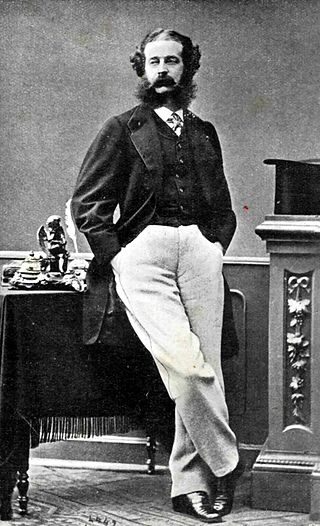
Emilio, marquis Visconti-Venosta was an Italian statesman. He is one of the longest-serving Ministers of Foreign Affairs in the history of Italy.
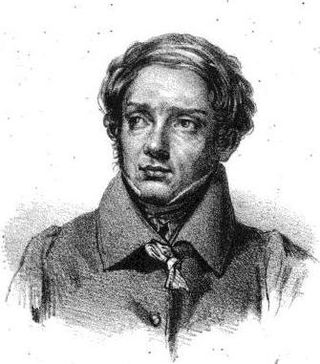
Louis Léopold Robert was a Swiss painter.
Pierre de Larivey was a French dramatist of Italian origin. He is credited with introducing the Italian "comedy of intrigue" into France.

Hans Asper was a Swiss painter best known for his portraits.

Baron Dezső Bánffy de Losonc was a Hungarian politician who served as Prime Minister of Hungary from 1895 to 1899.
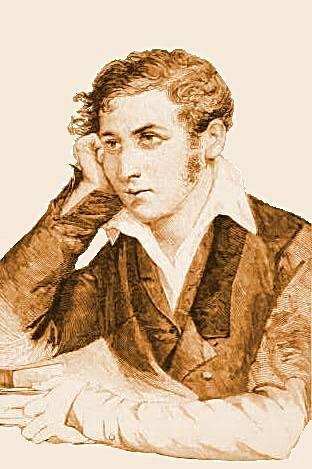
Carlo Cattaneo was an Italian philosopher, writer, and activist, famous for his role in the Five Days of Milan in March 1848, when he led the city council during the rebellion.
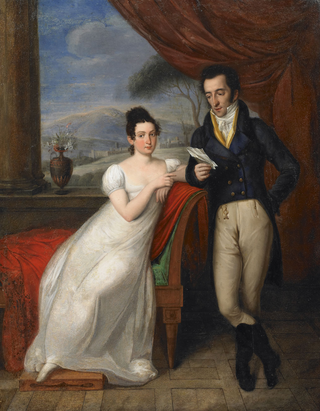
Vincenzo Camuccini was an Italian painter of Neoclassic histories and religious paintings. He was considered the premier academic painter of his time in Rome.
Luigi Cossa, Italian economist, was born in Milan.
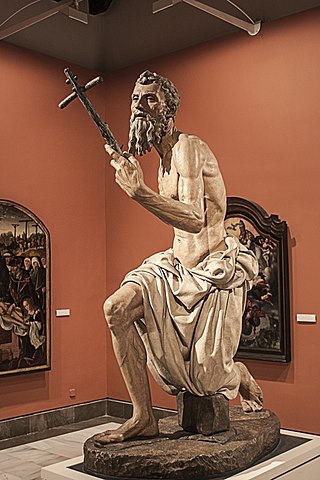
Pietro Torrigiano was an Italian Renaissance sculptor from Florence, who had to flee the city after breaking Michelangelo's nose. He then worked abroad, and died in prison in Spain. He was important in introducing Renaissance art to England, but his career was adversely affected by his violent temperament.

The House of Giustiniani was a prominent Italian family which originally belonged to Venice, but also established itself in Genoa, and at various times had representatives in Naples, Canary Islands, Corsica and in the islands of the Archipelago, where they had been the last Genoese rulers of the Aegean island of Chios, which had been a family possession for two centuries until 1566. The family claimed descent from Byzantine emperor Justinian I.

Peter of Candia, also known as Peter Phillarges, named as Alexander V, was an antipope elected by the Council of Pisa during the Western Schism (1378–1417). He reigned briefly from 26 June 1409, to his death in 1410, in opposition to the Roman pope Gregory XII and the Avignon antipope Benedict XIII. In the 20th century, the Catholic Church reinterpreted the Western Schism by recognising the Roman popes, as legitimate. Gregory XII's reign was extended to 1415, and Alexander V is now regarded as an antipope.